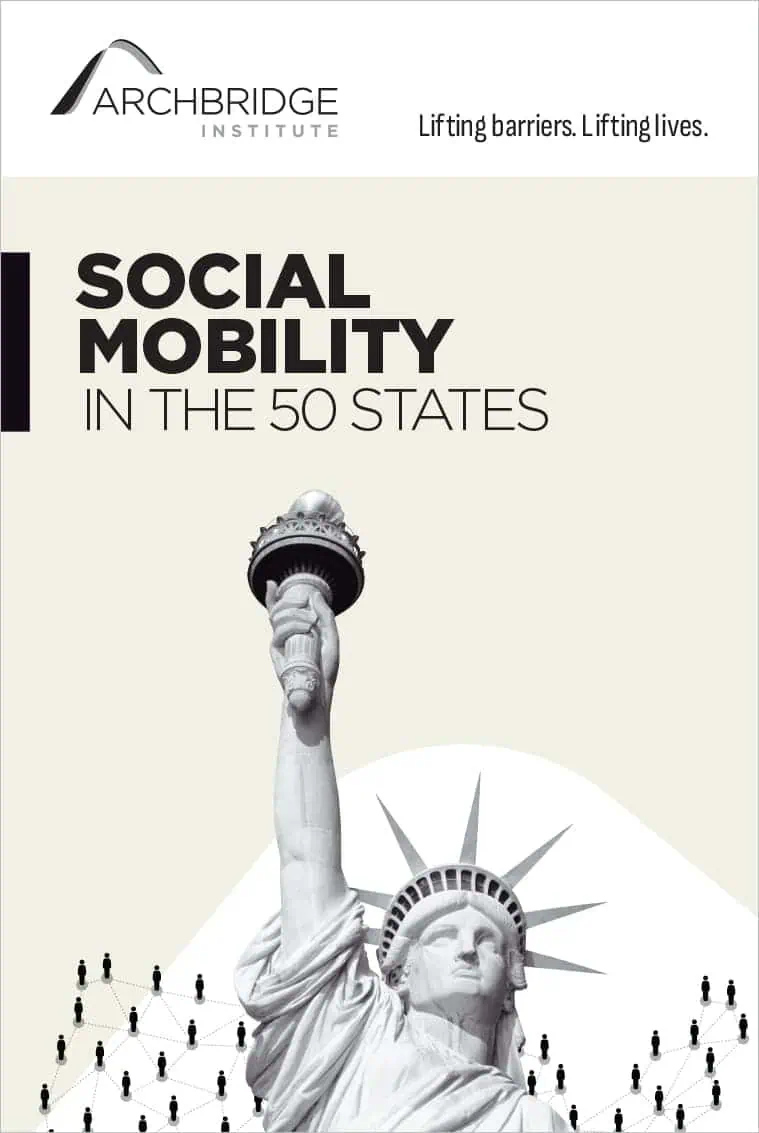
Key Findings
- The marginal tax wedge is relevant for understanding how workers might benefit (or not) from an increase in pay once taxes enter the picture.
- Marginal tax wedges might deter workers from pursuing additional income and working extra hours.
- In 2021, at certain income levels, Canadian, French, and Italian workers lost up to 60, 93, and 116 percent of additional earnings to spikes in marginal tax rates from the provincial Canadian health-care premium, the French “contribution d’équilibre générale,” and Italian local income taxes.
- Single parents with two children can face marginal tax wedges as high as 98 percent in the United States, 652 percent in Australia, and 359 percent in Japan. These marginal tax wedges are due to policies like the Earned Income Tax Credit and the 2021 Recovery Rebate Credit in the United States, Family Tax Benefit and the Parenting Payment in Australia, or the child-rearing allowance and child benefits in Japan.
- On the other hand, Lithuania’s and Australia’s tax design for single workers avoids unnecessary tax spikes by applying a flat social security contribution and a flat or slightly progressive income tax. In Finland, the local income tax and the central income tax are coordinated so that they do not generate marginal tax rate spikes like the ones observed in Italy or Japan.
Cristina Enache
Cristina Enache is a global tax economist at the Tax Foundation and Secretary-General at the World Taxpayers Associations. Follow her work@crisberechet.





